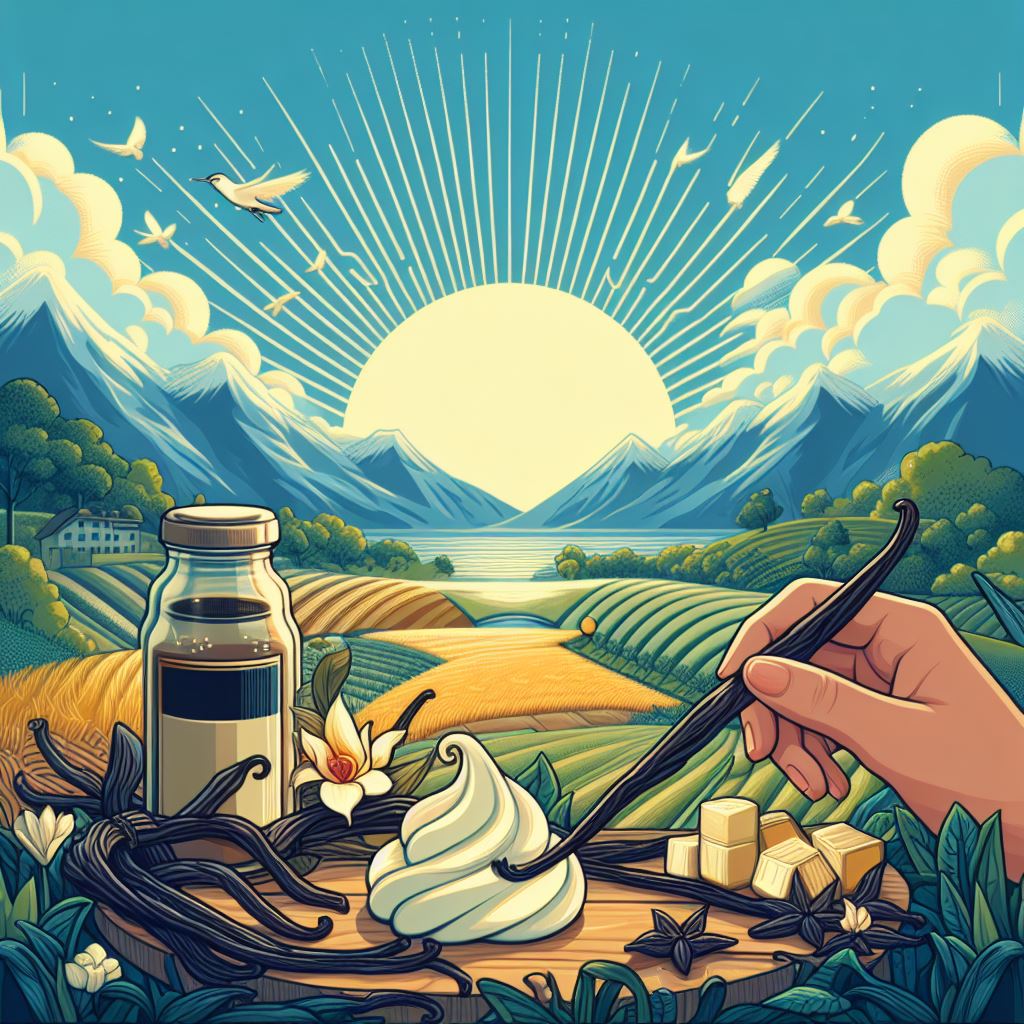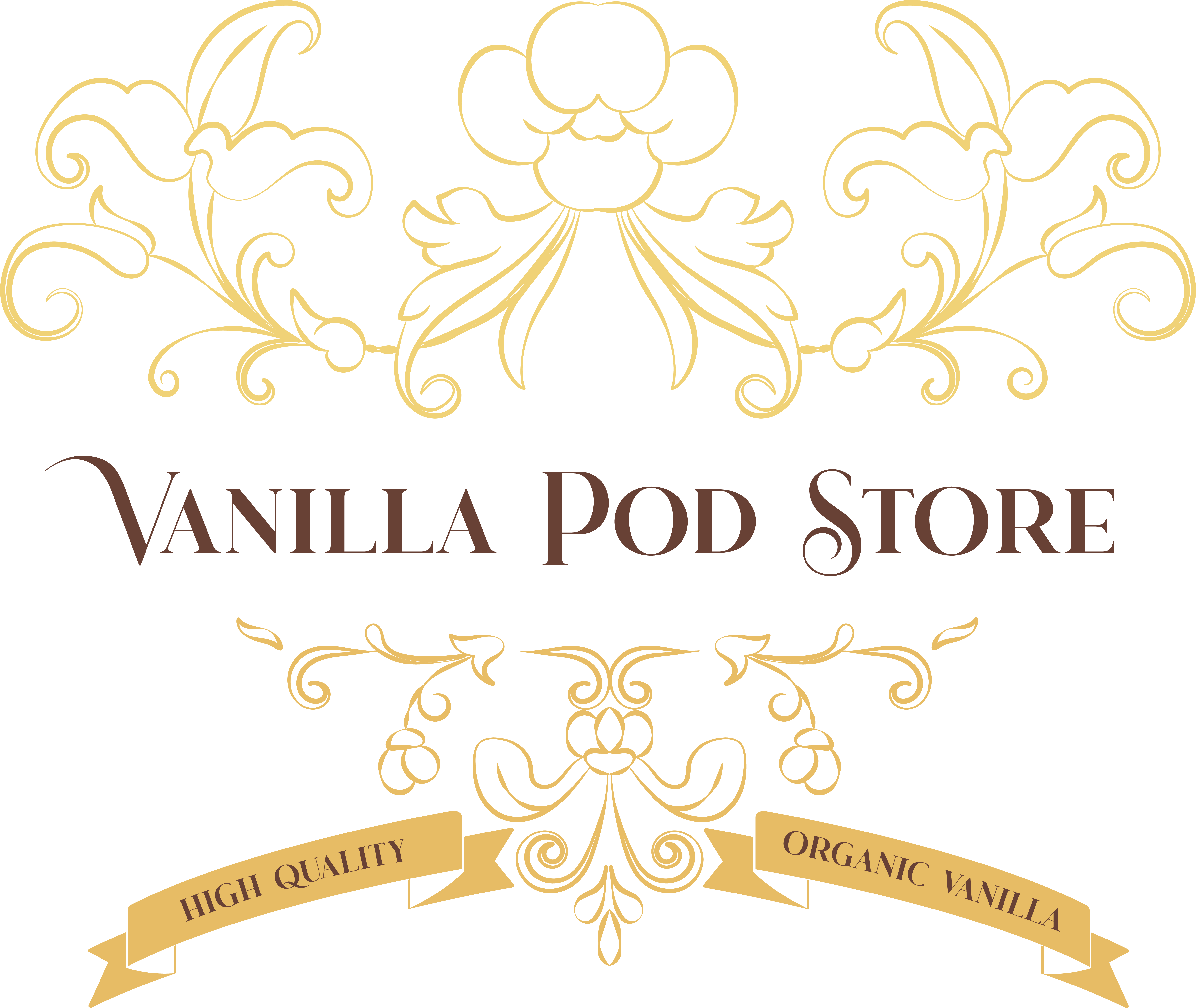
Vanilla, with its enveloping aroma and seductive flavor, continues to evoke wonder and admiration in the kitchen. But beyond its culinary use, vanilla offers a wide range of applications and curiosities worth exploring. In this journey into the world of vanilla, we will explore its many facets, from its use in perfumery to its fascinating history.
- Perfumery and Cosmetics: Vanilla is a key ingredient in many fragrances and cosmetic products thanks to its sensual and relaxing aroma. From perfumes to body creams, lip balms to bath products, vanilla is widely used to add a touch of sweetness and luxury.
- Traditional Medicinal Properties: In many traditional cultures, vanilla has been used for its alleged medicinal properties. It is said to have calming effects on the nervous system and may help alleviate stress and anxiety. However, it is important to note that these claims are not supported by robust scientific evidence and vanilla should be consumed in moderation as part of a balanced diet.
- Art and Crafts: Dried vanilla beans can be used in a variety of artistic and craft projects. They can be strung together to create fragrant necklaces, used to decorate homemade candles, or added to scented sachets to flavor drawers and closets.
- Vanilla Around the World: Vanilla is cultivated in various parts of the world, with some of the main producing regions including Madagascar, Tahiti, Mexico, and Indonesia. Each region has its own varieties and unique cultivation techniques, which influence the taste and aroma profile of the vanilla produced.
- Historical Curiosities: Vanilla has a fascinating history that dates back to ancient times. It is said that the Aztecs used vanilla as a flavoring for cocoa, while the Maya considered it an aphrodisiac. Vanilla became popular in Europe in the 18th century when Spanish conquistadors introduced it to the continent.
- Sustainability and Fair Trade: Vanilla cultivation can be a profitable activity for producers, but it can also present challenges in terms of sustainability and environmental impact. Some producers are adopting sustainable farming practices and engaging in fair trade to ensure that vanilla growers receive fair compensation for their work.
In conclusion, vanilla is much more than just a culinary ingredient. With its multiple applications and rich history, vanilla continues to enchant and inspire people around the world. Whether it’s perfumery, traditional medicine, or art, vanilla offers a world of possibilities to explore.
